Office de Tourisme de la Vallée de Munster
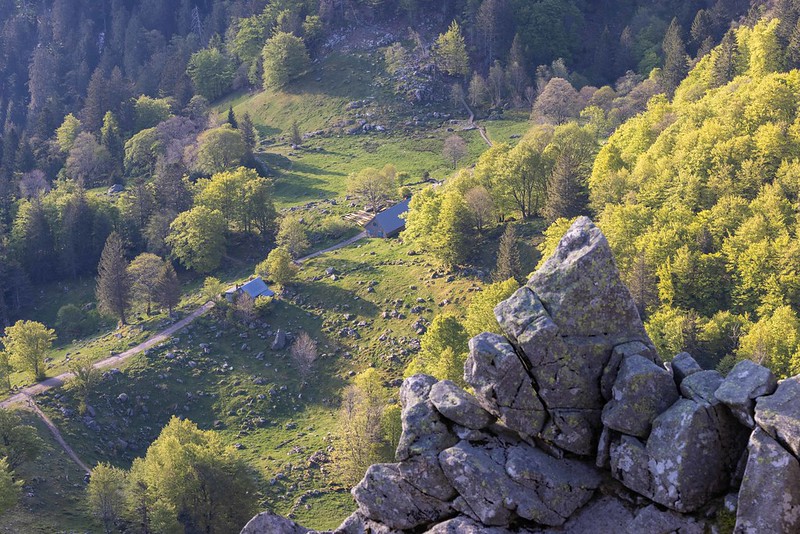
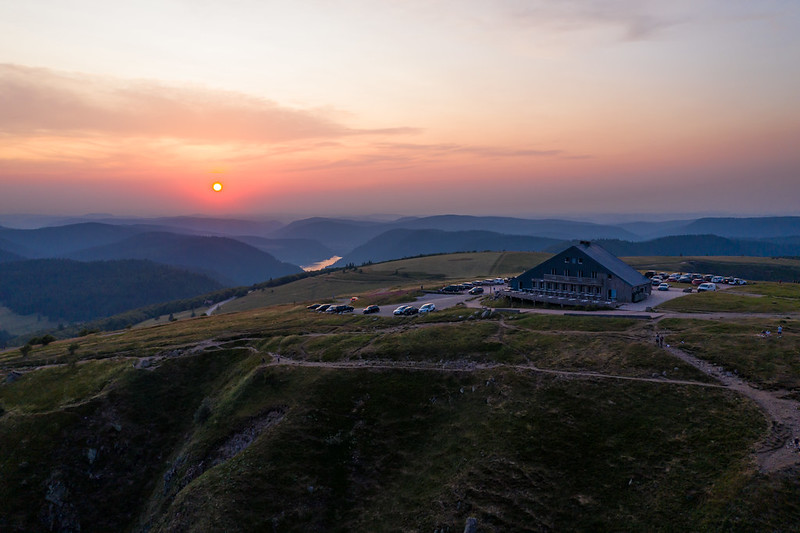
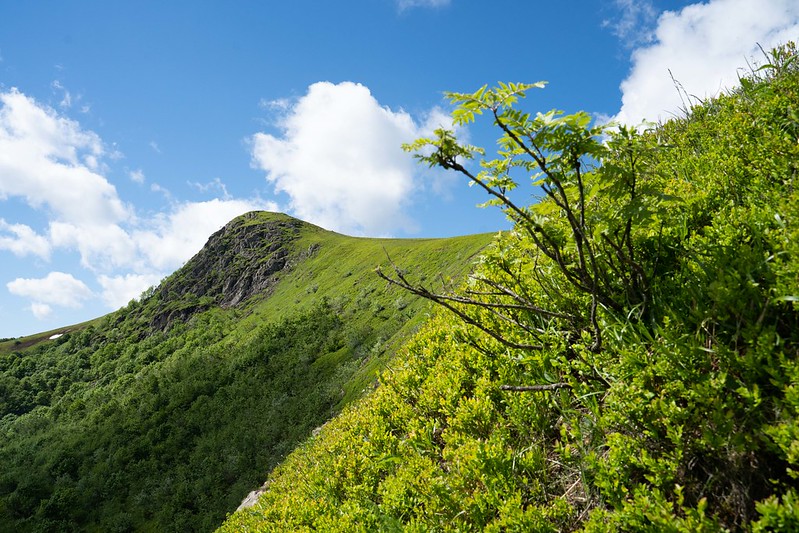
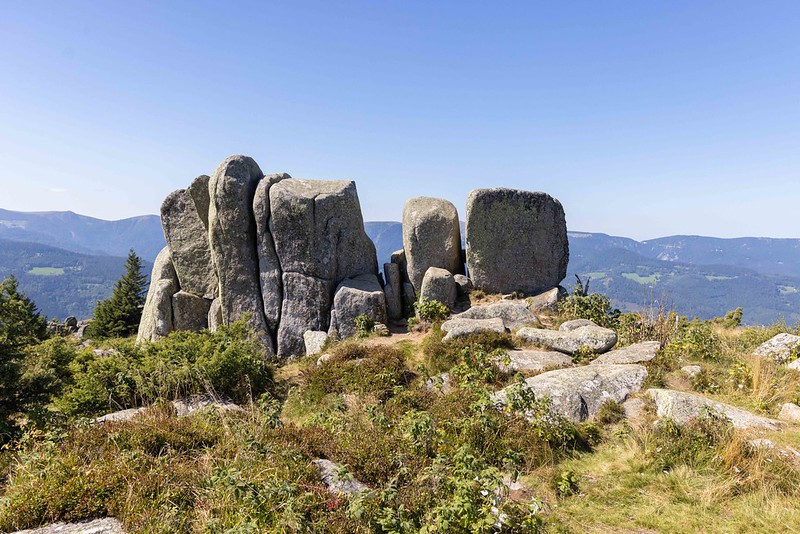
Around 660, at the confluence of the two rivers named “Fecht” an abbey was founded; it is from the Latin word “monasterium” that the city of Munster takes its name. Munster obtained the status of imperial city in 1235. In 1287 it joined with nine other villages to form the community of the Valley and the City of Munster, or community of Val-Saint-Grégoire. This community had its seal and therefore had a legal existence in 1287. The valley experienced a remarkable economic and cultural boom. Munster was surrounded by ramparts in 1308.
In the 10th century (962), the Ottonian emperors created the Holy Roman Empire of which Alsace was an important center.
In 1354, the city was part of the Decapolis.
The Thirty Years’ War (1618-1648) ravaged the valley. After the Peace Treaty of Westphalia (1648), Alsace gradually became French.
The 19th century saw the industrialization of the valley thanks to the Hartmann family – textile factories, creation of the Col de la Schlucht road (1842-1860), opening of the Colmar – Munster railway line, extended in 1893 to Metzeral.
In 1871, Alsace and Moselle were annexed to the German Empire. We are German.
During the First World War (1914/1918), the Munster valley was crossed by the front line and suffered daily bombardments. Munster was 85% destroyed, and the villages behind Munster, with the exception of Mittlach, were nothing more than ruins. The inhabitants had to leave them at the height of the fighting.
In 1918, we are French.
Occupied in June 1940 by the German army…we are German…the valley is liberated on February 5, 1945…we are French.
CHURCHES AND CHAPELS IN THE MUNSTER VALLEYChurch in MunsterThe coat of arms of the city of Munster, depicting a church façade with two towers, recalls the now-vanished church of the important Benedictine abbey of Saint-Grégoire. Only a few sculpted fragments in the Romanesque style, preserved in the Munster town hall, were unearthed during archaeological excavations carried out on the site of this medieval building (south-east corner of the current Market Square), largely destroyed at the beginning of the 19th century.You must now go to the Saint-Jean-Baptiste church in Soultzbach-les-Bains to visit a sober Gothic choir built during the 14th century, commissioned by the powerful lords of Hattstatt.
Last witnesses of medieval architecture: the Sainte-Catherine chapel built in the 15th century in the heart of the fortifications of Soultzbach and a rare ossuary built around 1500 in the enclosure of the cemetery of Wihr-au-Val, including on the upper floor a chapel dedicated to the archangel Saint Michael.
Of the many churches built during the 19th century and spared by the bombings of the First World War, the neo-Gothic church of Saint-Martin de Wihr-au-Val (1869-73, architect: V. Heilmann), an imposing nave of pink sandstone placed at the entrance to the canton, and the Protestant church of Munster, strongly inspired by Romanesque architecture, financed by the family of textile industrialists Hartmann (1869-73, architect F. L. De Rutté) stand out.
From 1920 onwards, the great Reconstruction movement called upon architects who always drew on different stylistic sources to build new places of worship: the votive church of Our Lady of the Emm in Sondernach (1928-31, architect: P. Kirchacker-Demant), dedicated to the soldiers who died on the battlefields, and the church of Our Lady of the Immaculate Conception in Mittlach (1927-29, architect: Ch. Schoffit) borrowed elements from Romanesque art. The church of Saint Bartholomew in Muhlbach-sur-Munster (1927-29, architect: Ch. Schoffit) is a direct borrowing from the often colourful Baroque religious architecture of southern Germany.
OBJECTS OF CATHOLIC AND PROTESTANT RELIGIOUS ART
Few objects from before the French Revolution have come down to us and nothing significant today recalls the furnishings of the abbey of Munster and its church.
The art of sculpture has nevertheless yielded some works of remarkable quality, the finest examples of which are concentrated in the church of Saint-Jean-Baptiste in Soultzbach-les-Bains: the Eucharistic cupboard with Saint Christopher, the funerary slab of the couple Jacques de Hattstatt-Marguerite de Rathsamhausen and the statue of Saint Sebastian (secondary southern altar) can be dated to the first quarter of the 15th century; a funerary slab bearing the image of a noble lady, married to a knight of Hattstatt, is from the art of the mid-14th century.
At the Notre-Dame-de-l’Emm church in Sondernach, the group of the Virgin of Pity remains questionable: if it presents the draperies of the art of the 1500s, it could be an excellent copy from the 1900s. But it is Baroque art that attracts attention, due to the presence in Soultzbach-les-Bains from 1715-20 of one of the excellent carpenters and sculptors that Alsace had: Jean Antoine Werlé.
We owe to his workshop the highly decorated altars of the churches of Soultzbach-les-Bains and Wihr-au-Val (only 4 statues remain here), the Calvary of the pilgrimage chapel of the Holy Cross of Wihr-au-Val and that of the chapel of Sainte-Catherine of Soultzbach-les-Bains. After 1918, it was the Munster workshop of the carpenter Joseph Driesbach who refurnished many churches, but without ever adopting the Art Deco style. The Catholic churches of Muhlbach-sur-Munster and Stosswihr (Ampfersbach) have altars and pulpits in the 18th century Rhenish style, and all the furniture necessary for services.
At Notre-Dame-de-l’Emm in Sondernach, it was the Italian sculptor Gino Cavallini who was chosen to create, in Carrara marble, the high altar, the ambos and the choir enclosure (transformed into an altar facing the people). Closing the large bays of these churches, the stained glass windows were all renewed in the 19th and 20th centuries.
The Strasbourg workshop Ott Frères worked mainly for the Catholic community, but in 1927 delivered the Crucifixion of the choir of the Protestant church of Munster (based on cartoons by Louis-Philippe Kamm); for his part, the master glassmaker Jacques Ehrismann was solicited by the Protestant community and his most interesting work (apart from the civil stained glass windows of the town hall of Munster) can be seen at the church of Muhlbach-sur-Munster.
sources: “Service de l’Inventaire et du Patrimoine – Région Alsace”
THE MUNSTER VALLEY DURING THE FIRST WORLD WAR 1914-1918
After the loss of the two provinces, Alsace and Lorraine, following the war of 1870-71, the French people were determined to recover the lost provinces.The border between France and Germany followed the crest of the Vosges from the Ballon d’Alsace to the Donon.
From the first days of August 1914, French troops rushed towards Mulhouse and Colmar but a superior order would cancel all these advances.
It was on February 19, 1915, that trench warfare set in at Reichackerkopf which would be taken and lost on numerous occasions.
On June 15, 1915, a French offensive was launched on Metzeral which would be taken after 6 days of fierce fighting. This momentum will be stopped again by the higher command.
On July 20, 1915, a new French offensive is launched on the Linge massif.
After 3 months of terrible fighting, the German front could not be broken through and the order to cease attacks was finally given on October 16, 1915. This single battle will have cost the lives of more than 17,000 soldiers from both sides.
From that moment on, the front activity will calm down in the region. The regiments will take turns until the armistice, to keep their respective positions.
Almost the entire population of the Munster valley will be evacuated from 1915 to 1918.
The villages of Muhlbach, Metzeral, Soultzeren and Stosswihr were 100% destroyed and Munster 85%.
The list doesn't have any product sheet to show with these search criteria.
Everything is loaded

Saturday: 09:30 – 12:00 and 14:00 – 17:00
